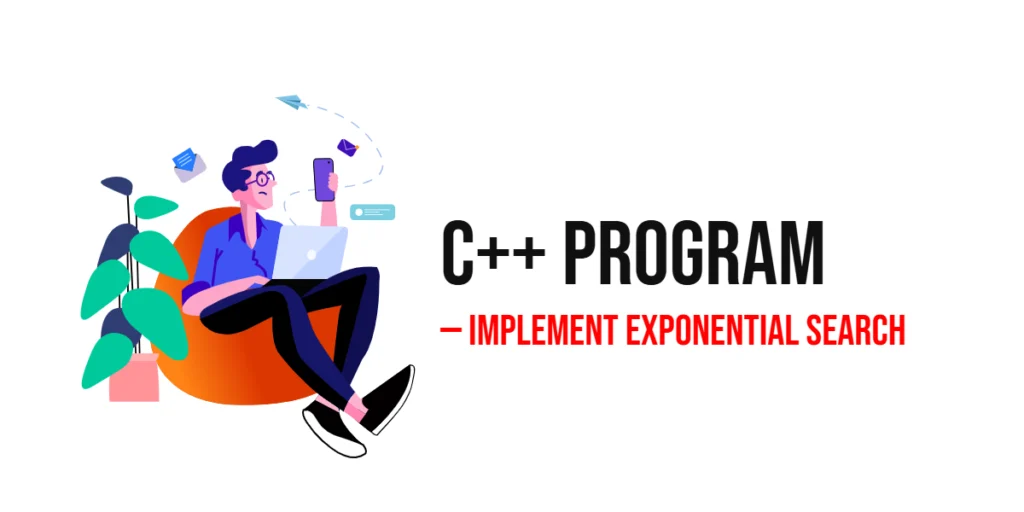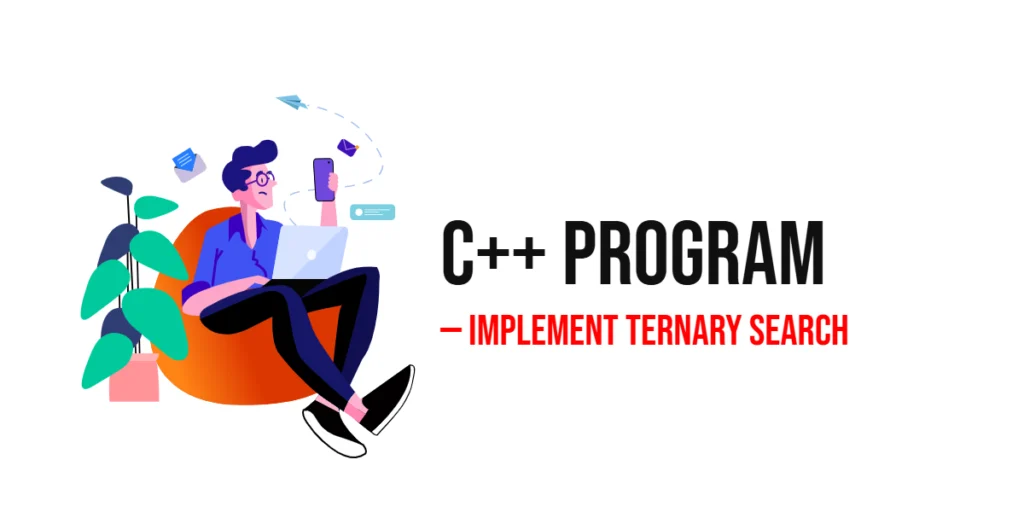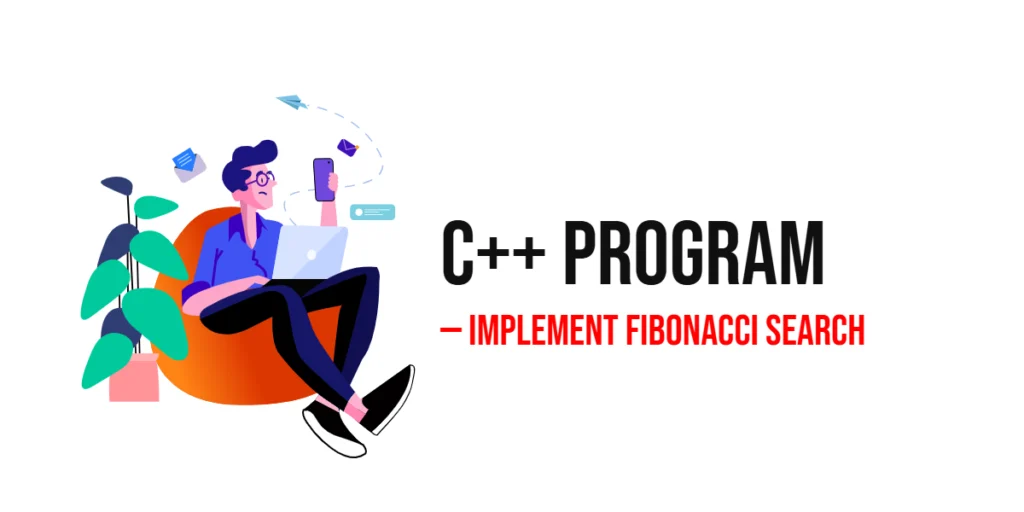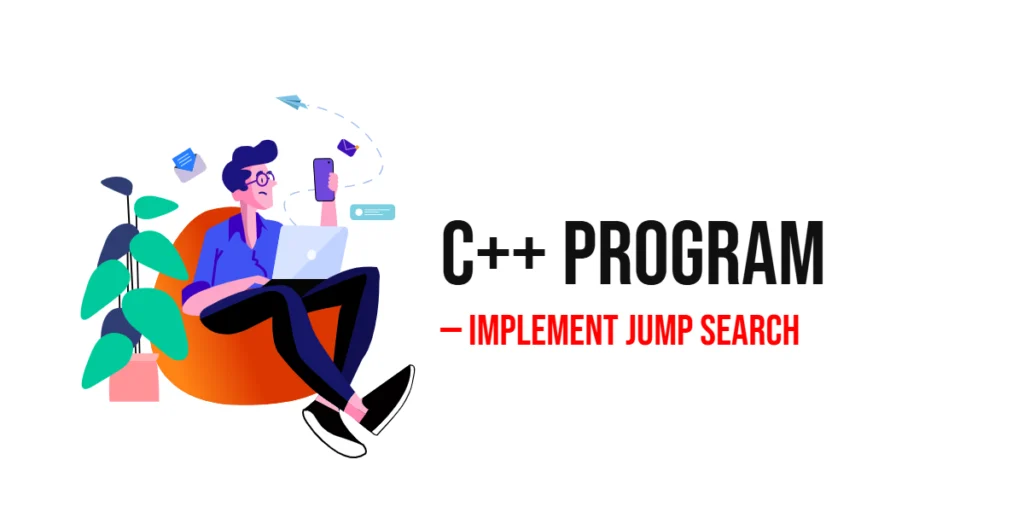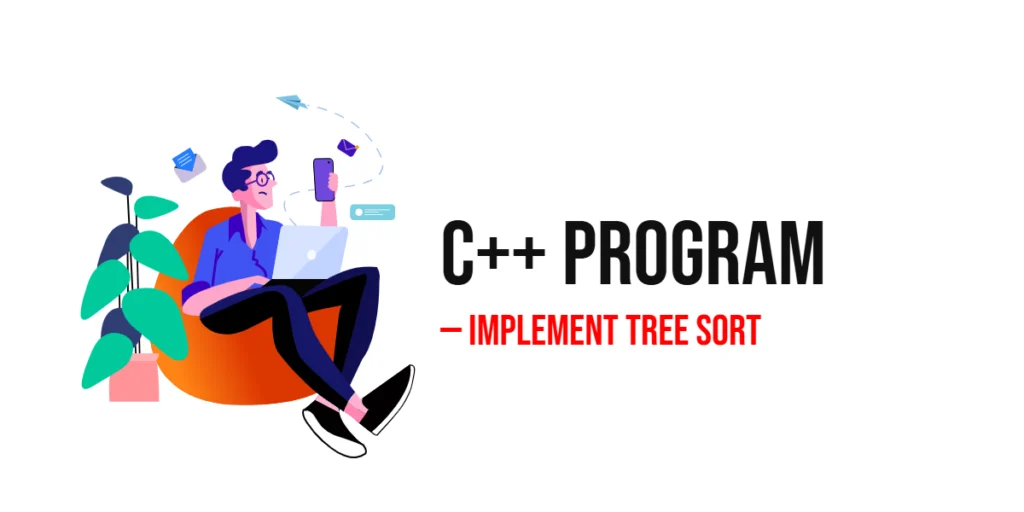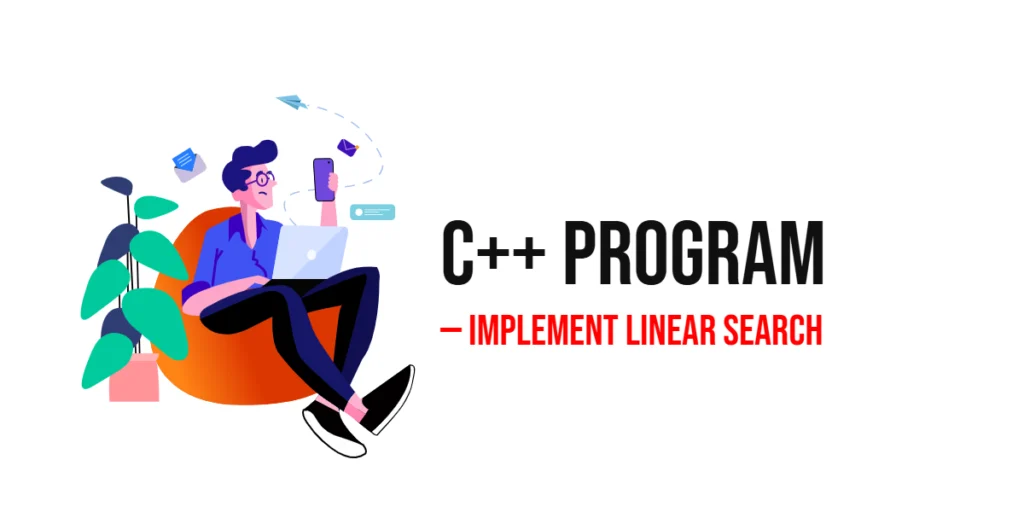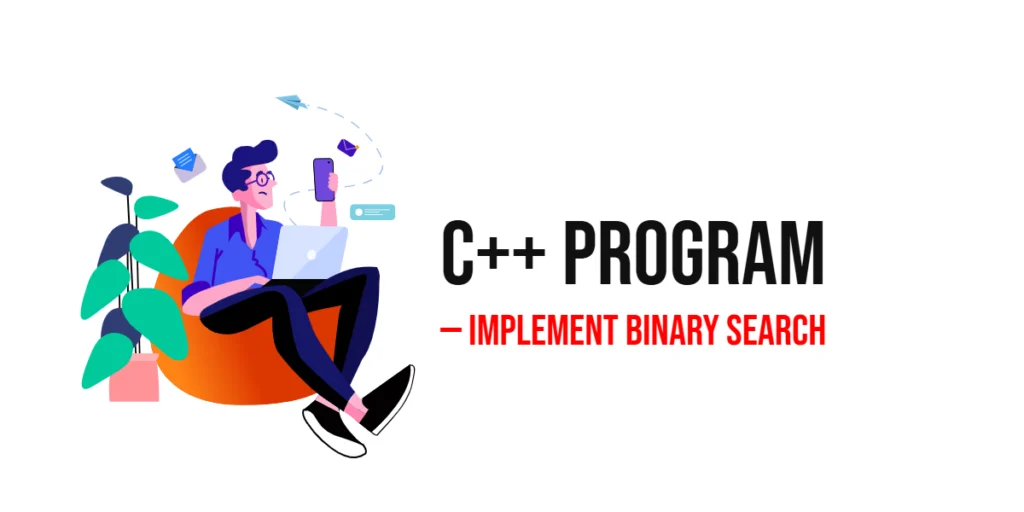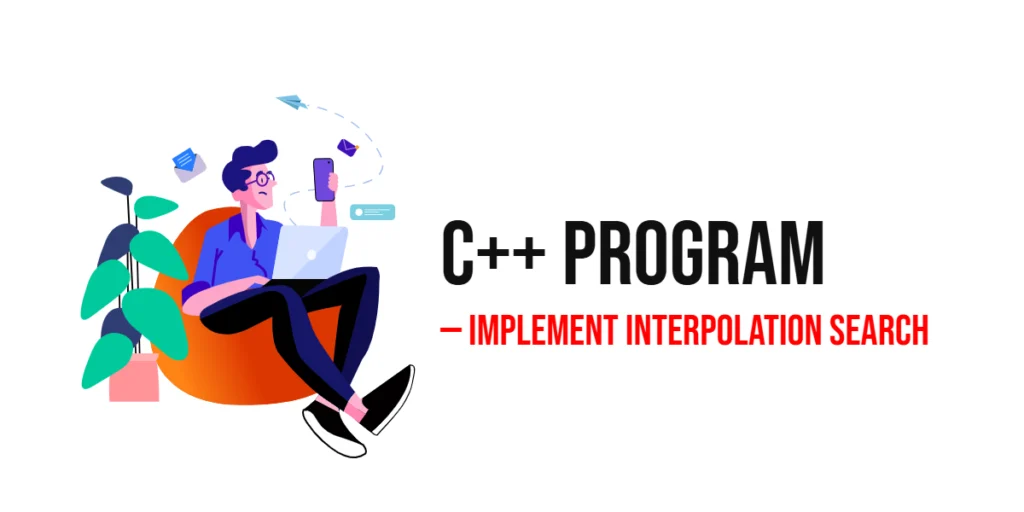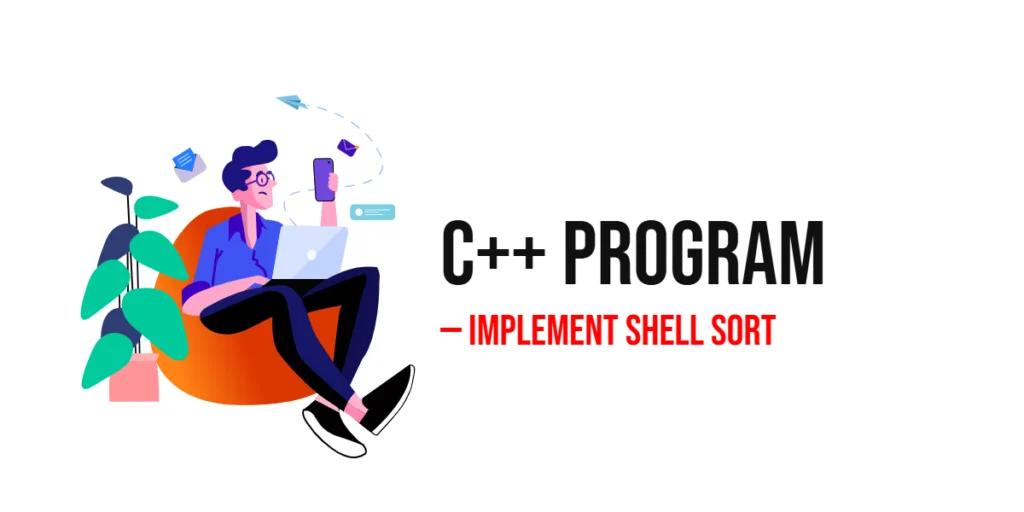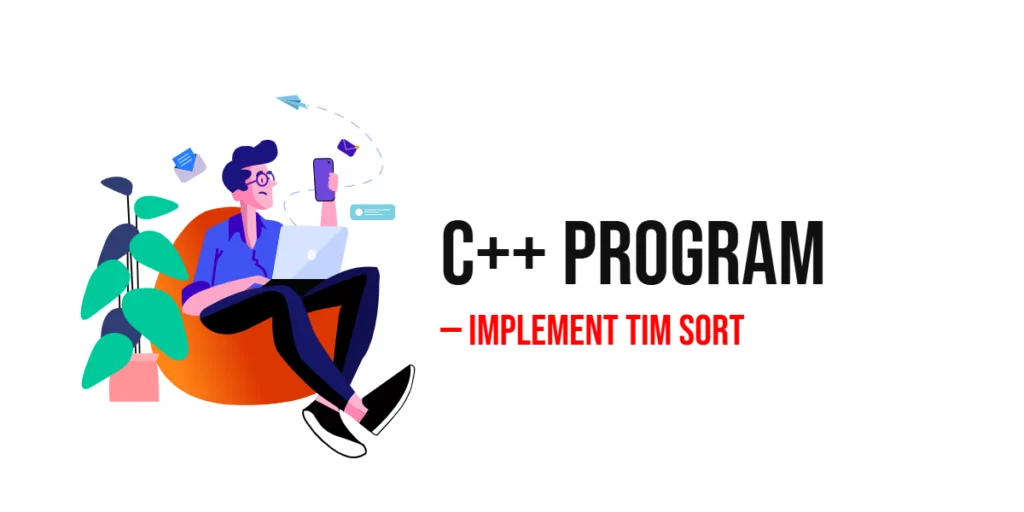C++ Program to Implement Exponential Search
Searching efficiently in a large, sorted array is a common task for programmers. While binary search is a popular method, exponential search is another powerful technique designed to quickly find the range where the target element might exist. Exponential search works by repeatedly doubling the index until the target is smaller than the element at […]
C++ Program to Implement Exponential Search Read More »
